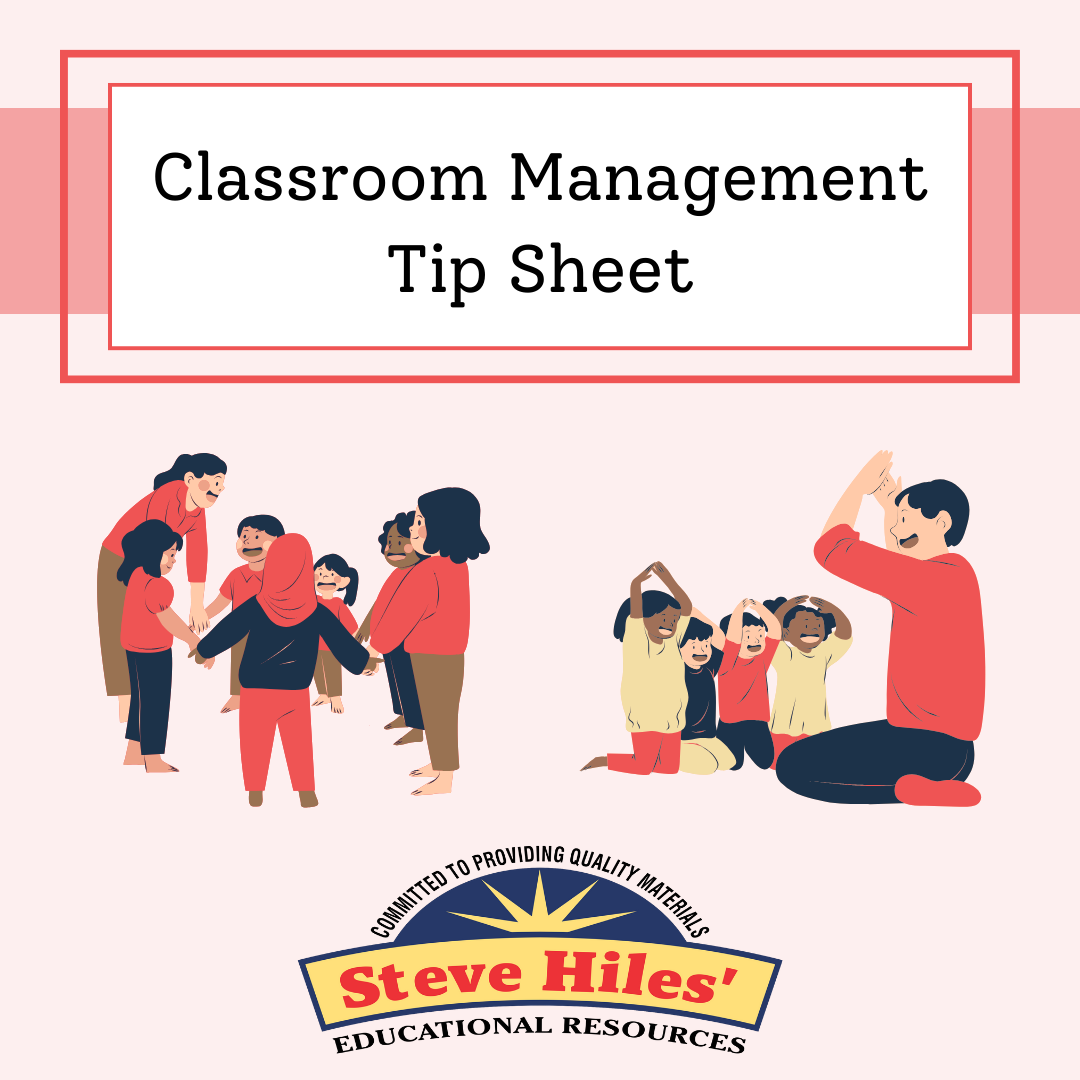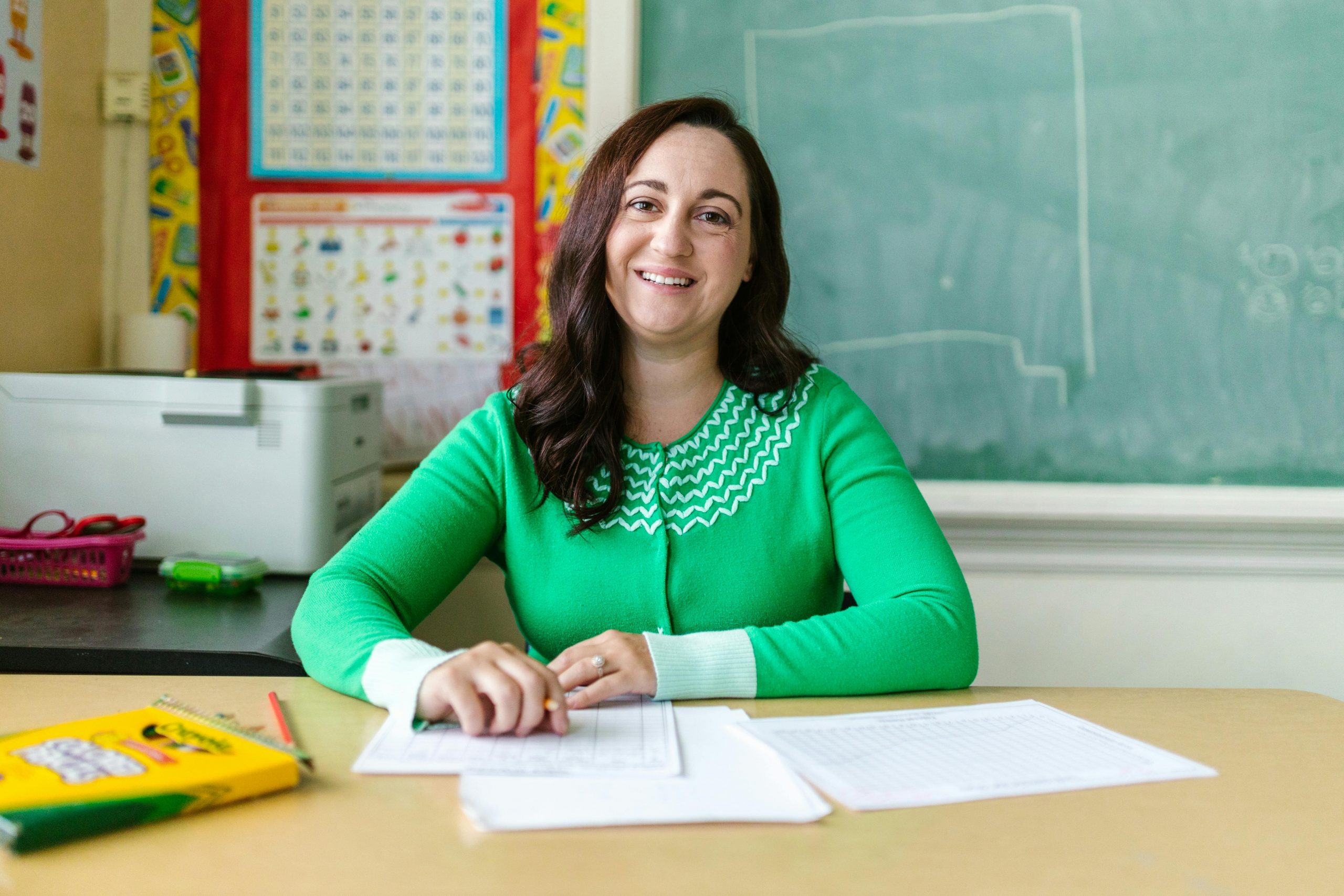You know what still cracks me up? Teacher prep had me convinced I was ready for anything. I could write a lesson plan that hit every standard. I could grade essays with a rubric sharp enough to slice bread. I could throw around words like “scaffolding” and “differentiation” like I invented them. And then I walked into my first classroom.
No one warned me the toughest part wouldn’t be the lesson plans—it’d be behavior. Real, unfiltered, “what on earth is happening right now” behavior.
Like the kid who barked—yes, barked—all through math one morning. Not a playful woof or two. I mean full-on, committed-to-the-bit barking. Or the two students who were locked in some kind of secret Cold War in the back row, passing notes like spies and giving each other death stares while I tried to explain fractions. Nobody wrote that into the syllabus. That’s the hidden curriculum. And not one of my professors had the guts to tell me about it.
Here’s what I learned the hard way.
First, if you don’t set the tone, the kids will happily set it for you. And spoiler: they will not set it in your favor. I remember waiting until problems came up to deal with them, and by then the horse was out of the barn, running laps. What works? Being crystal clear from the start. Like, uncomfortably clear. “Here’s how you raise your hand.” “Here’s where phones go.” Forget posters with twenty rules—pick three non-negotiables and guard them with your life. It’s not glamorous, but it works.
Second, you cannot take it personally. Oh, I tried. I thought every side-eye, every sarcastic comment, every groan was aimed right at me. But the truth is, it usually isn’t about you at all. It’s about power, attention, or something else happening in their world. Once I figured that out, I started using what I call the “pause and pivot.” Kid blurts out? Pause. Deep breath. Then I say, “I’ll wait until I have your attention.” No yelling, no ego battle, just shifting the energy. Took me a while to learn that one.
And finally—consistency. My kryptonite that first year. I’d enforce a rule on Monday, forget on Tuesday, and by Wednesday the kids knew I was bluffing. They notice everything. The second they see you let one student slide but call out another? Game over. The fix was boring but lifesaving: pick a system I could actually follow, then stick to it like my job depended on it—because it kind of did.
So yeah, here’s the punchline: my professors gave me theory, but my students gave me the real crash course. Set expectations early, don’t take it personal, and stay consistent. The rest? You figure out as you go.
If this hits home, you might want to check out this related article where I dive deeper into building positive classroom routines that stick. And if you’re a brand-new teacher thinking, “Yup, that’s me,” you’re not alone. I’m offering a free 60-minute coaching call where we can map out a game plan for your classroom before you end up refereeing barking contests during math. Book your coaching call here and let’s set you up for a smoother year.









